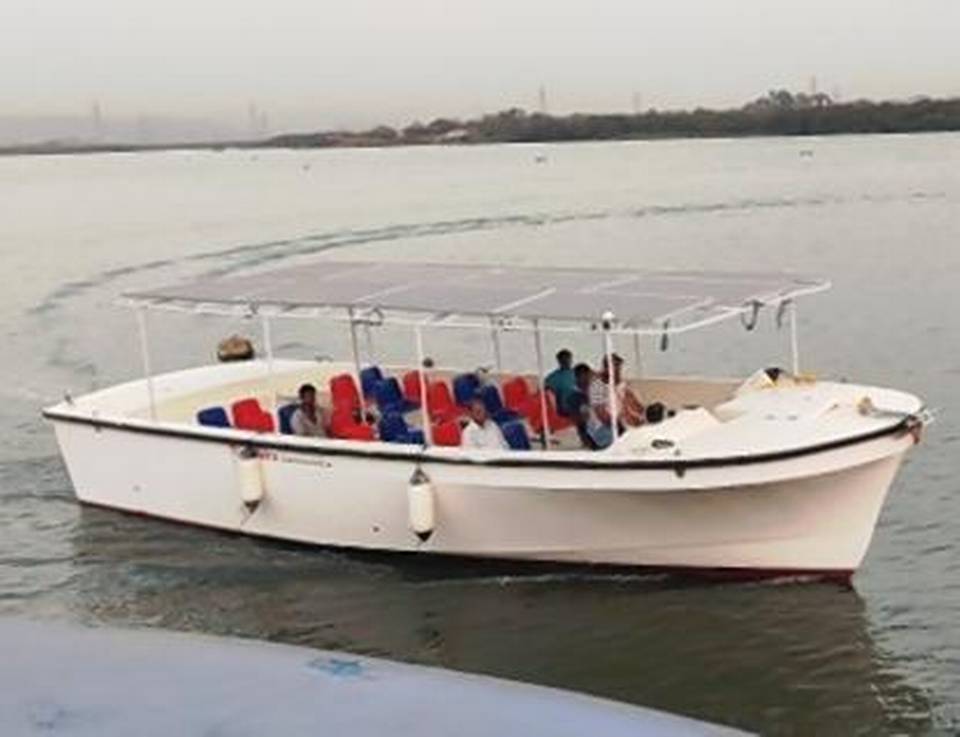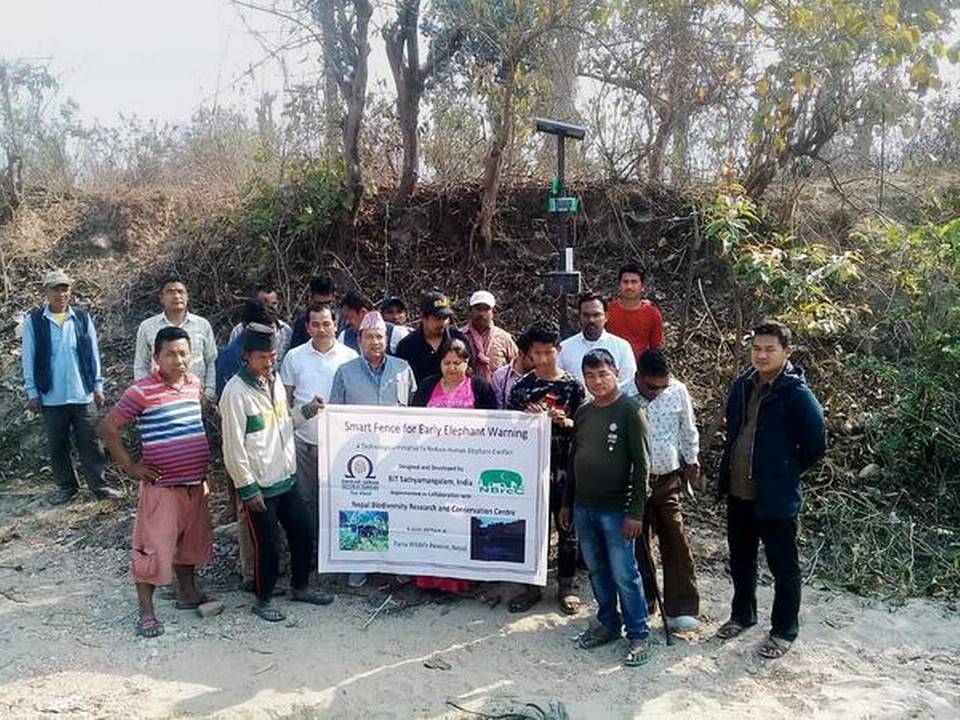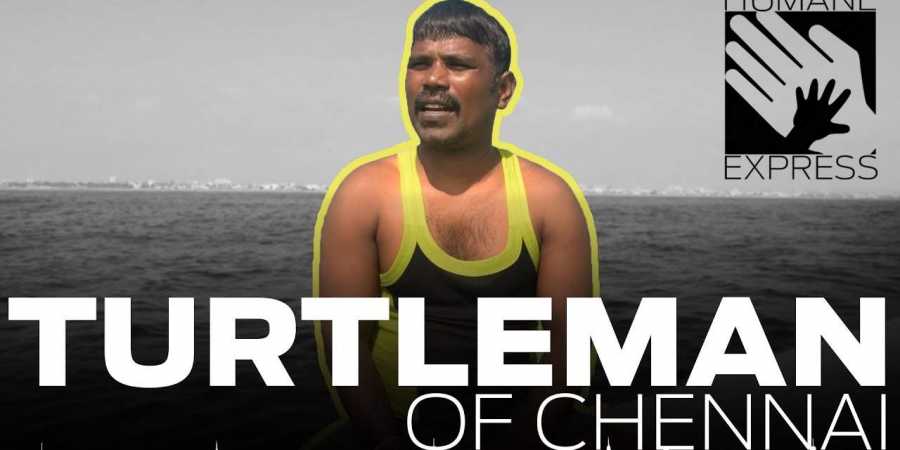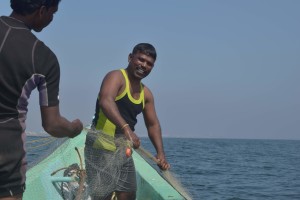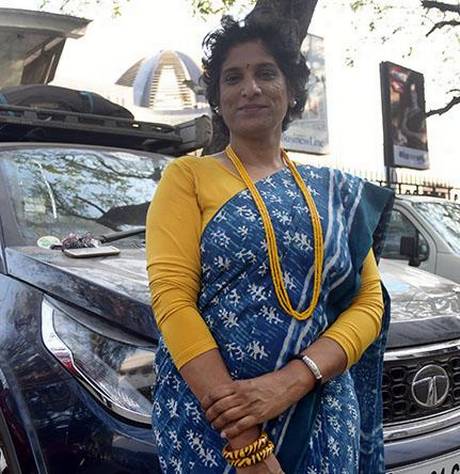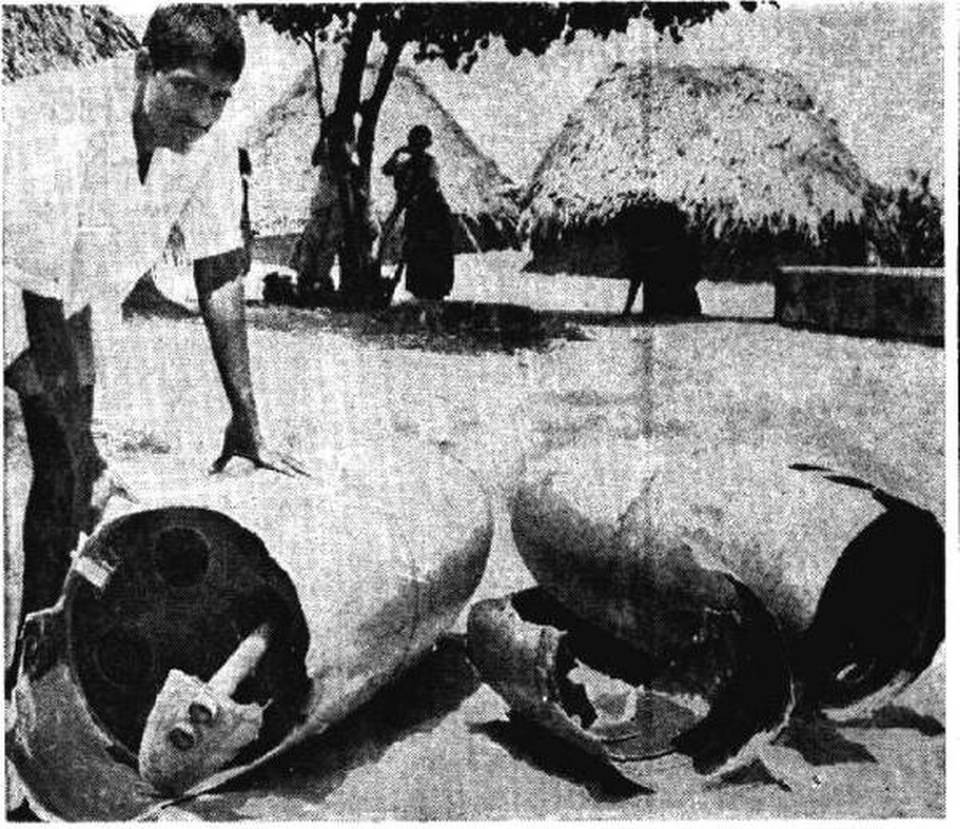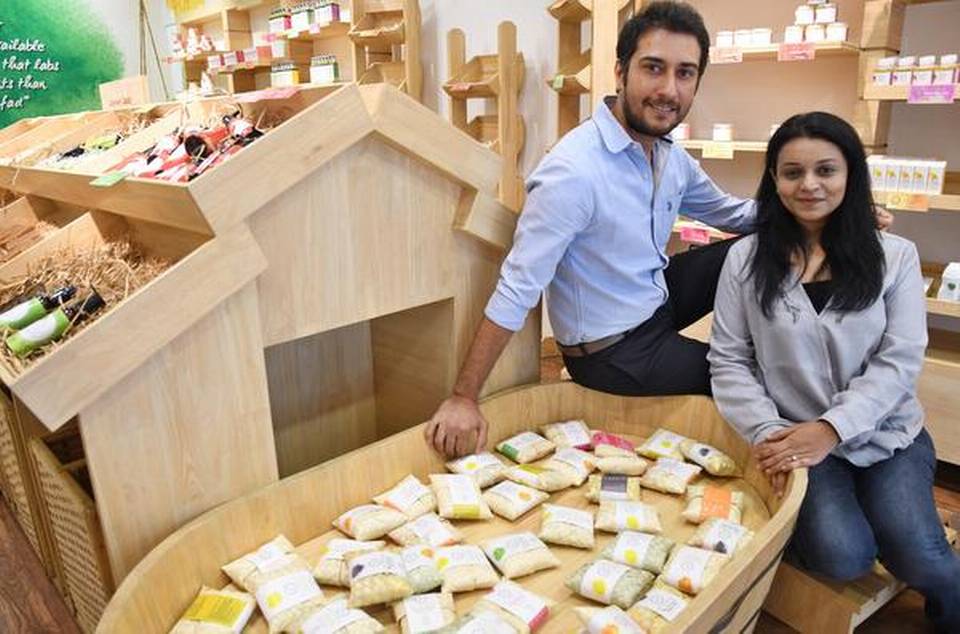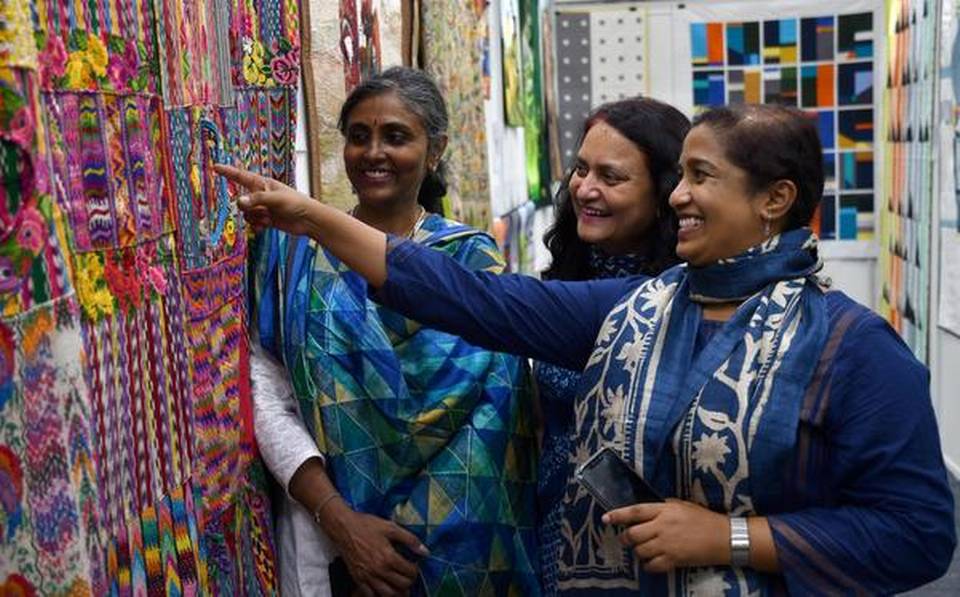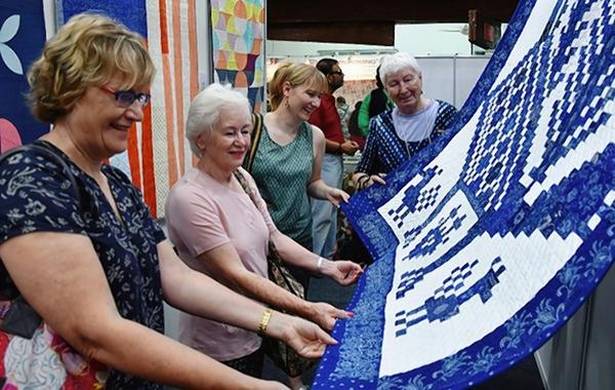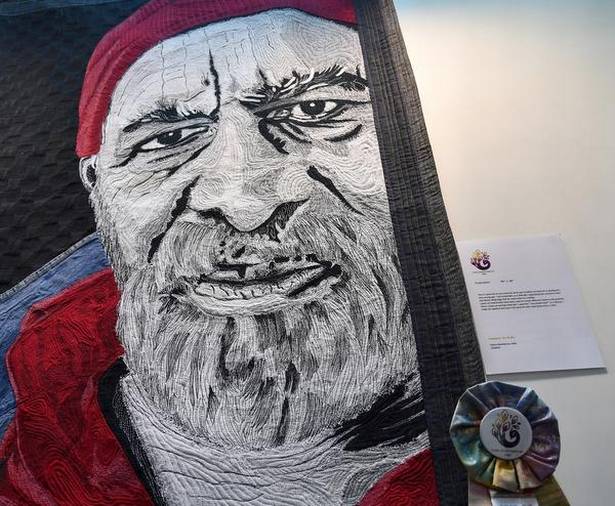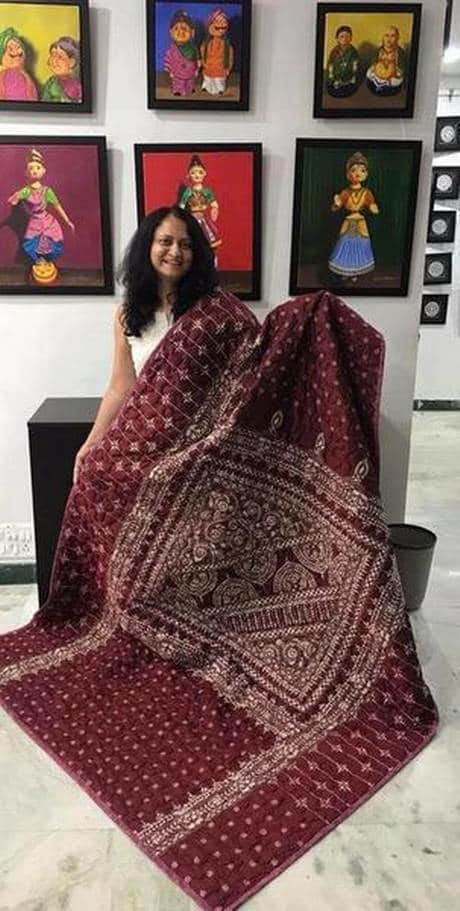The product is now being used in all its intensive care units, fever wards and isolation wards
An indigenously prepared hand sanitiser has turned profitable for the Rajiv Gandhi Government General Hospital (RGGGH). The largest public sector hospital in the city is all set to save nearly ₹31 lakh every year, after its own alcohol-based hand sanitiser was introduced in many units a few months ago.
Prepared in its own backyard by the College of Pharmacy (Madras Medical College), the hand sanitiser is now being used in all intensive care units, fever wards and isolation wards, such as for H1N1 influenza cases.
“Hand sanitisers are an important aspect of a health facility, particularly to a tertiary centre like us. On one hand, we have 12,000 outpatients visiting the hospital every day and another as 3,500 inpatients. On the other hand, we have a large population of medical professionals, including undergraduates, interns, surgeons and professors. It is vital to prevent hospital-acquired cross infections, and hence, we came up with the idea of developing our own hand sanitiser,” said R. Jayanthi, dean of RGGGH and MMC.
Reduced costs
Till February, when the in-house sanitiser was rolled out, RGGGH purchased commercially available hand sanitisers. The hospital’s monthly requirement was 1,000 units of 500 ml bottles; the annual requirement being 12,000 bottles. The cost of the marketed products ranged from ₹290 to ₹433 per 500 ml.
“The cost of procuring 12,000 bottles of a marketed product, considering an average cost of ₹341 is ₹40,92,000. Our hand sanitiser costs ₹82, inclusive of packing. So, the total cost for 12,000 bottles is ₹9,84,000. We will save ₹31,08,000 per year,” she said.
While this helped in cutting down cost, the hand sanitisers also reduced the need for using water for washing hands at a time of scarcity and it could easily be taken to different wards, Dr. Jayanthi said.
Jerard Suresh, principal, College of Pharmacy, MMC, said they prepared nearly 200 litres per batch of the lemon grass-scented hand sanitiser. It was tested for dermatological safety by the institute’s Department of Dermatology and efficacy against microbes by the Department of Microbiology.
Dr. Jayanthi said once they improve the capacity to make more, the hand sanitiser would be made available in the general wards of RGGGH. “Once we are self-sustained, we have plans to provide it for other government institutions. For this, we need licence and we are at it,” she said.
source: http://www.thehindu.com / The Hindu / Home> News> Cities> Chennai / by Serena Josephine M / Chennai – April 27th, 2019
